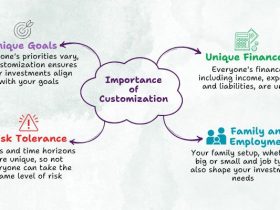SBIRT is a full-service mental health approach that aims toward preventing and intervening with substance abuse disorders. Substance use disorders, otherwise referred to as SUDs, are diagnosed using four criteria: impaired control, social problems, risky use, and physical dependence. The SBIRT process analyzes the situation of individuals at risk of or suffering from a SUD in an efficient, effective, and life-changing way. SBIRT stands for Screening, Brief Intervention, and Referral to Treatment. If you are interested in working with individuals suffering from substance abuse disorders, understanding this health intervention process is an important first step to take. Below is a detailed description of each step in the SBIRT process.
Screening
The screening is the first step in the SBIRT process. After reviewing a patient’s mental and physical health records, the clinician will conduct a preliminary assessment through an interview with the individual in order to determine if a SUD is present. When treating individuals with substance use disorders, it is very important to conduct screening interviews with potential patients before any treatments have begun so that the brief intervention can go as smoothly as possible without arousing any fear or denial in the patient.
Brief Intervention
Brief intervention is the second step in the SBIRT process and is a form of substance abuse treatment performed with individuals who have not yet reached the stage of full-blown addiction. The purpose of brief interventions is to help patients learn how to control and manage their substance consumption and prevent the development of an addiction. After conducting a screening, the clinician will perform a more in-depth assessment in order to identify the patient’s current drug or alcohol use and any possible addictive behaviors. During this phase, if the clinician believes that further treatment is necessary for the patient, he or she will recommend that the patient enrolls in an intervention program or receives professional substance abuse treatment services.
Referral to Treatment
The referral to treatment, the third step in the SBIRT process, is a form of substance abuse treatment performed with individuals who have already developed an addiction. At this point, the patient has already exhibited addictive behaviors and may have already suffered from some adverse consequences due to their misuse of drugs or alcohol. The main goal of SBIRT at this stage is to help patients learn how to abstain from substance abuse and prevent relapse. Before committing himself or herself to treatment, the patient will go through a few sessions with the clinician in order for them to be evaluated for a proper intervention program that will best help them overcome their addiction.
In summary, SBIRT stands for Screening, Brief Intervention, and Referral to Treatment.
The University of Utah’s online SBIRT training program teaches that SBIRT stands for Screening, Brief Intervention, and Referral to Treatment.










